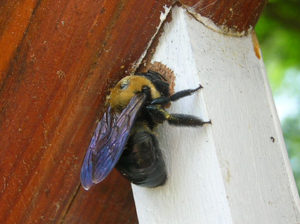
Carpenter Bee Activity
Carpenter bee activity is on the increase. The activity near the end of March and early April was mostly …


El inglés es el idioma de control de esta página. En la medida en que haya algún conflicto entre la traducción al inglés y la traducción, el inglés prevalece.
Al hacer clic en el enlace de traducción se activa un servicio de traducción gratuito para convertir la página al español. Al igual que con cualquier traducción por Internet, la conversión no es sensible al contexto y puede que no traduzca el texto en su significado original. NC State Extension no garantiza la exactitud del texto traducido. Por favor, tenga en cuenta que algunas aplicaciones y/o servicios pueden no funcionar como se espera cuando se traducen.
Inglês é o idioma de controle desta página. Na medida que haja algum conflito entre o texto original em Inglês e a tradução, o Inglês prevalece.
Ao clicar no link de tradução, um serviço gratuito de tradução será ativado para converter a página para o Português. Como em qualquer tradução pela internet, a conversão não é sensivel ao contexto e pode não ocorrer a tradução para o significado orginal. O serviço de Extensão da Carolina do Norte (NC State Extension) não garante a exatidão do texto traduzido. Por favor, observe que algumas funções ou serviços podem não funcionar como esperado após a tradução.
English is the controlling language of this page. To the extent there is any conflict between the English text and the translation, English controls.
Clicking on the translation link activates a free translation service to convert the page to Spanish. As with any Internet translation, the conversion is not context-sensitive and may not translate the text to its original meaning. NC State Extension does not guarantee the accuracy of the translated text. Please note that some applications and/or services may not function as expected when translated.
Collapse ▲
Carpenter bee activity is on the increase. The activity near the end of March and early April was mostly …
Prior to the previous 2016 Section 18 registration, the only effective labeled insecticide to manage this aphid was Sivanto. …
Sivanto Prime for control of sugarcane aphid on sweet sorghum has been approved for use in North Carolina during …
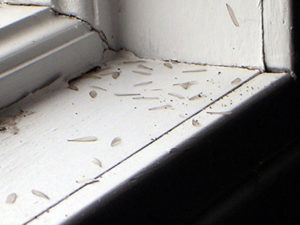
Since I didn’t have any luck with predicting March Madness, I’ll switch to what for many homeowners might be …

This time of year many people notice small dirt mounds in their yards or in parks or ball fields …
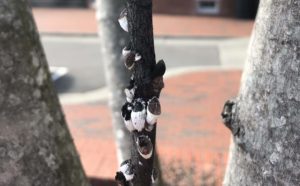
Cottony cushion scale is an exotic pest that has been in the US for over a century. Initially a …
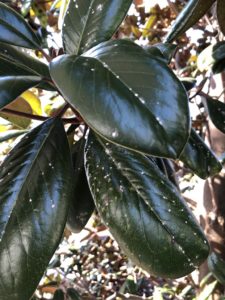
False oleander scale, Pseudaulacaspis cockerelli, is a tropical and subtropical pest originally from China. It is common throughout many …
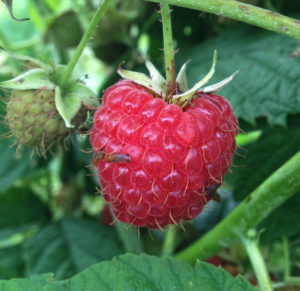
Exirel Insecticide (FMC Corporation) has recently received an expanded federal label which includes use in caneberries against spotted wing …
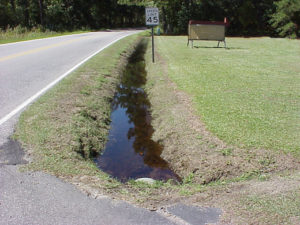
We are obviously not out of Hurricane or mosquito seasons quite yet (that’s a few weeks away). Hurricane Michael …
The N.C. Department of Agriculture and Consumer Services is offering assistance with pesticide and fertilizer disposal through the Pesticide …
The email included below was sent out from Jason Williams with the N.C. Department of Agriculture and Consumer Services’ Structural …
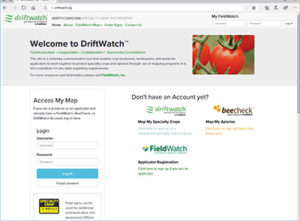
To follow up on David Tarpy’s post (Protective Measures of Beehives During Hurricanes), in the days and weeks following …
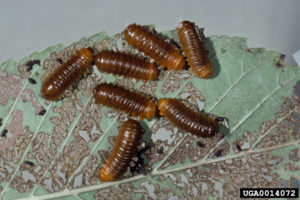
Elms have lots of pests. This week I have had several reports of larger elm leaf beetles, Monocesta coryli, …
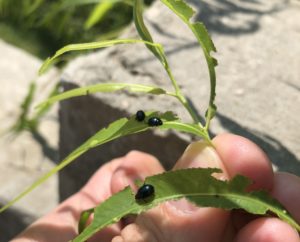
You can find a lot of damage on willows this time of year because imported willow leaf beetles have …
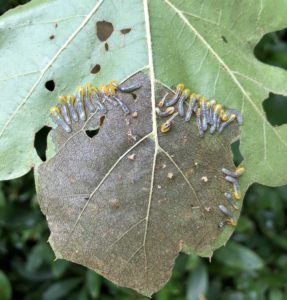
Oaks have hundreds of herbivores so it is no wonder that towards the end of summer some of the …

If you like to garden you probably like butterflies. You probably also grow some herbs like fennel, dill, or …
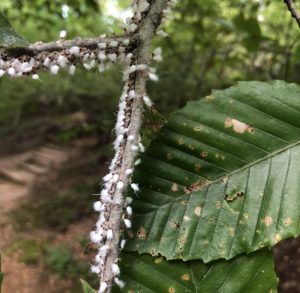
You might notice twigs on beech trees covered in a woolly sleeve. Get closer and it will begin to …
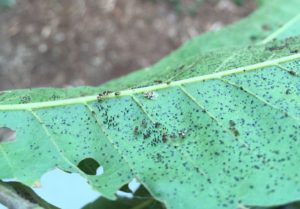
Oak lace bugs (Corythucha arcuata), like other lace bugs, cause stippling on leaves. Oak lace bugs, of course, feed …
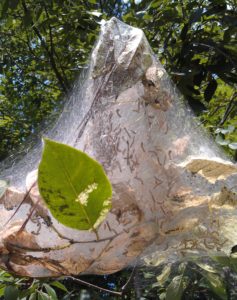
Fall webworms, one of our native insect pests, are a perennial nuisance and in some cases a destructive pest. …
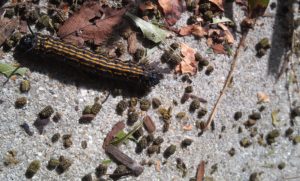
Orange striped oakworms started hatching in Raleigh this week. They have one generation per year. Adults emerge in mid …

This vegetable pathology factsheet describes the identification and treatment of anthracnose of pepper.

This publication describes the invasive Callery pear species, its offspring, and how it can harm …
This factsheet describes the biology of the cane lace bug or bamboo lace bug, Leptodictya …

This factsheet describes the biology of the banded sphinx moth or lesser vine sphinx, Eumorpha …

This factsheet describes the biology of the elm-grass root aphid, Tetraneura ulmi, and provides residential …

Gummy stem blight is caused by several closely related fungal pathogens in the genus Stagonosporopsis …

This vegetable pathology factsheet describes the identification and treatment of anthracnose in cucurbits.
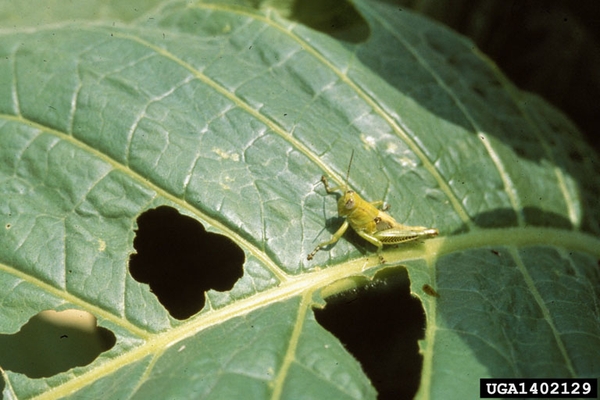
Several species of grasshoppers can cause foliar feeding damage in tobacco. They are typically most …